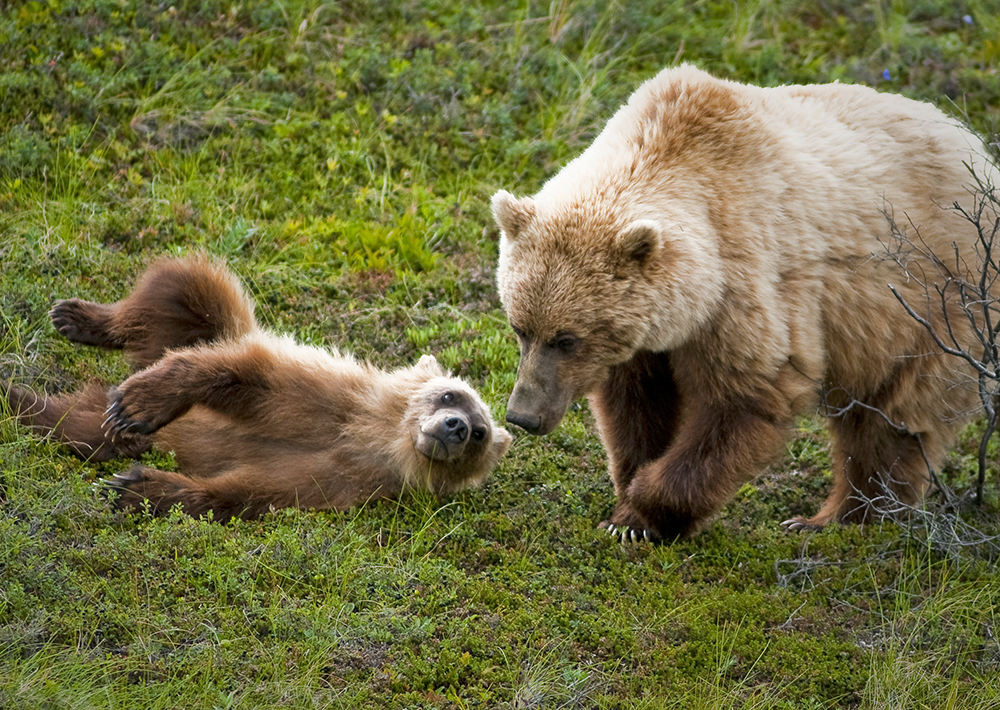Federal land managers moved closer to reintroducing grizzly bears to the North Cascades by identifying a preferred option of making the apex predators a nonessential experimental population.
The action surfaced Thursday, March 21, when the National Park Service and U.S. Fish & Wildlife Service released its final environmental impact statement that evaluates three options to restore grizzly bears in Washington’s remote and rugged range.
Federal officials recommended a repopulation plan that provides management tools to allay concerns over livestock predation and public safety. The divisive issue has fueled vigorous debates between environmentalists and ranchers during rounds of public hearings. The agencies received more than 12,000 responses during a 45-day public comment period in the fall of 2023.
Federal officials expect to issue a record of decision in the weeks ahead, according to a joint news release. Then agency executives would decide how to proceed.
The mythologized mammals that engender fear once roamed from Alaska to central Mexico, and as far east as the Great Plains. The numbers decreased to fewer than 1,000 in the lower 48 states as settlers tried to establish dominion over wilderness by killing them off.
It wasn’t until 1975 that grizzlies in the contiguous U.S. gained protection under the Endangered Species Act.
Sixteen years later, the Interagency Grizzly Bear Committee, which coordinates federal, state and tribal stakeholders, identified 9,800 square miles of the North Cascades as viable habitat for the bears’ recovery.
It took two decades before the National Park Service began the first step in repopulating the North Cascades. The Trump administration ended the process in 2020. A change in the administration after the 2024 presidential election could impact the next phase of restoration.
Marblemount’s Bob Hopfield spoke against meddling with the bear population at one of the public hearings in the fall. He later told Cascadia Daily News, “It’s not that the bears are needed — it’s emotional. Just like a lot of us would like to have the old-growth timber, the salmon runs full in the rivers, deer and elk everywhere.”
The last confirmed sighting of a grizzly bear in the U.S. portion of the North Cascades came in 1996 near Glacier Peak.
Wildlife biologists say bears are essential to the ecosystem because they distribute native plant seeds, aerate soil and help control the balance of other animal populations.
If adopted, officials would try to build a thriving grizzly population of 200 bears. They would start by releasing three to seven bears annually in the North Cascades for up to 10 years. The plan calls for an initial population of 25 bears.
The experimental designation under section 10(j) of the Endangered Species Act would allow land managers and communities to take measures when conflicts arise.
According to the environmental impact statement, officials could “authorize deterrence, incidental take, expanded preemptive relocation options to prevent a conflict that appears imminent or in attempt to break habituated behavior of bears lingering near human-occupied areas.”
An experimental population is a group of translocated plants or animals that is geographically separate from other nonexperimental populations of the species, officials say in the report.
The nonessential experimental population designation extends to all of Washington state except the Selkirk Ecosystem grizzly bear recovery area where the carnivores currently exist.
Read the park service’s frequently asked questions about grizzly bear restoration at https://www.nps.gov/noca/upload/NCE-Griz-FEIS-FAQs-20240321-508.pdf.
Elliott Almond is a regular contributor to Cascadia Daily News.




